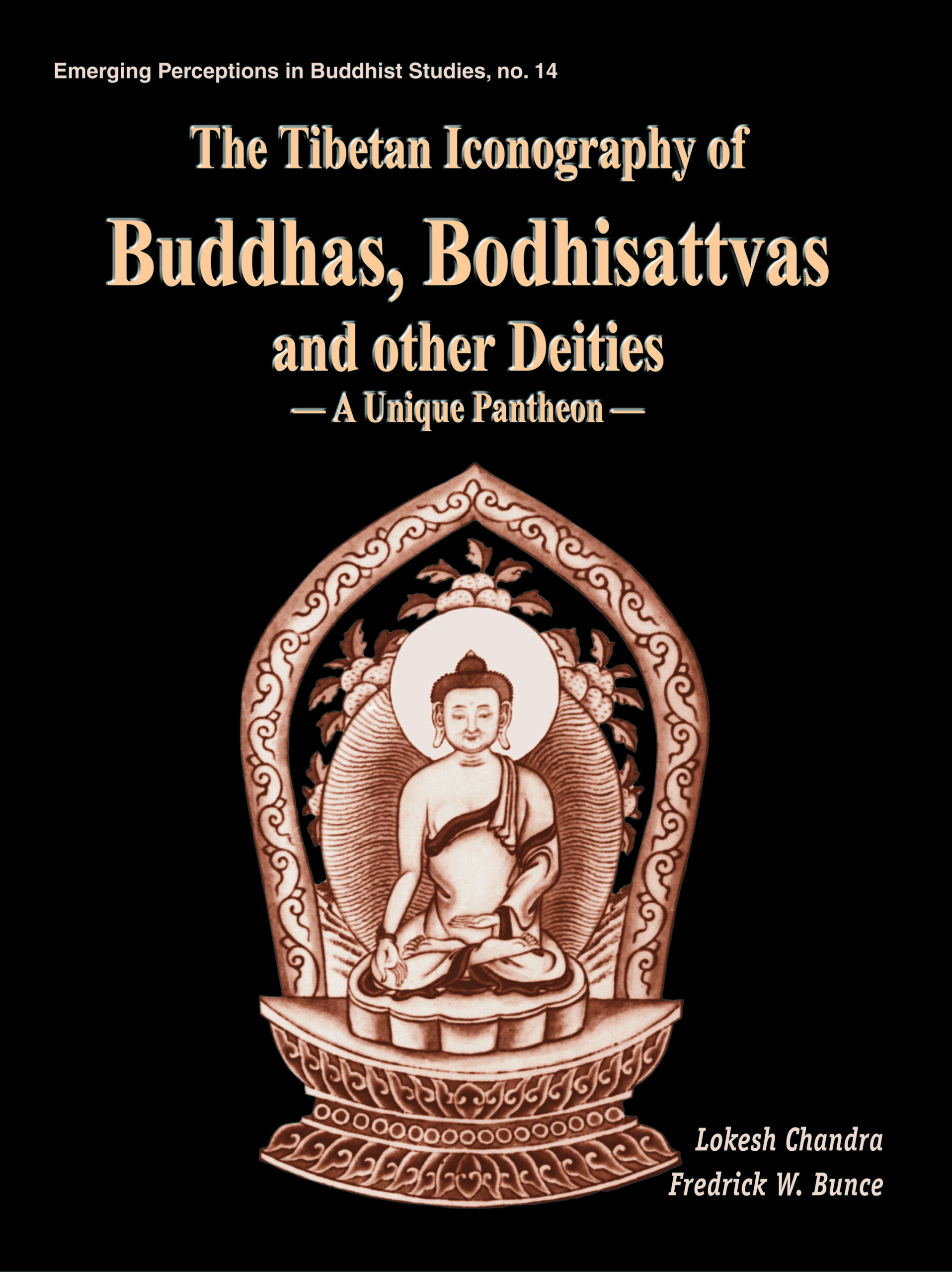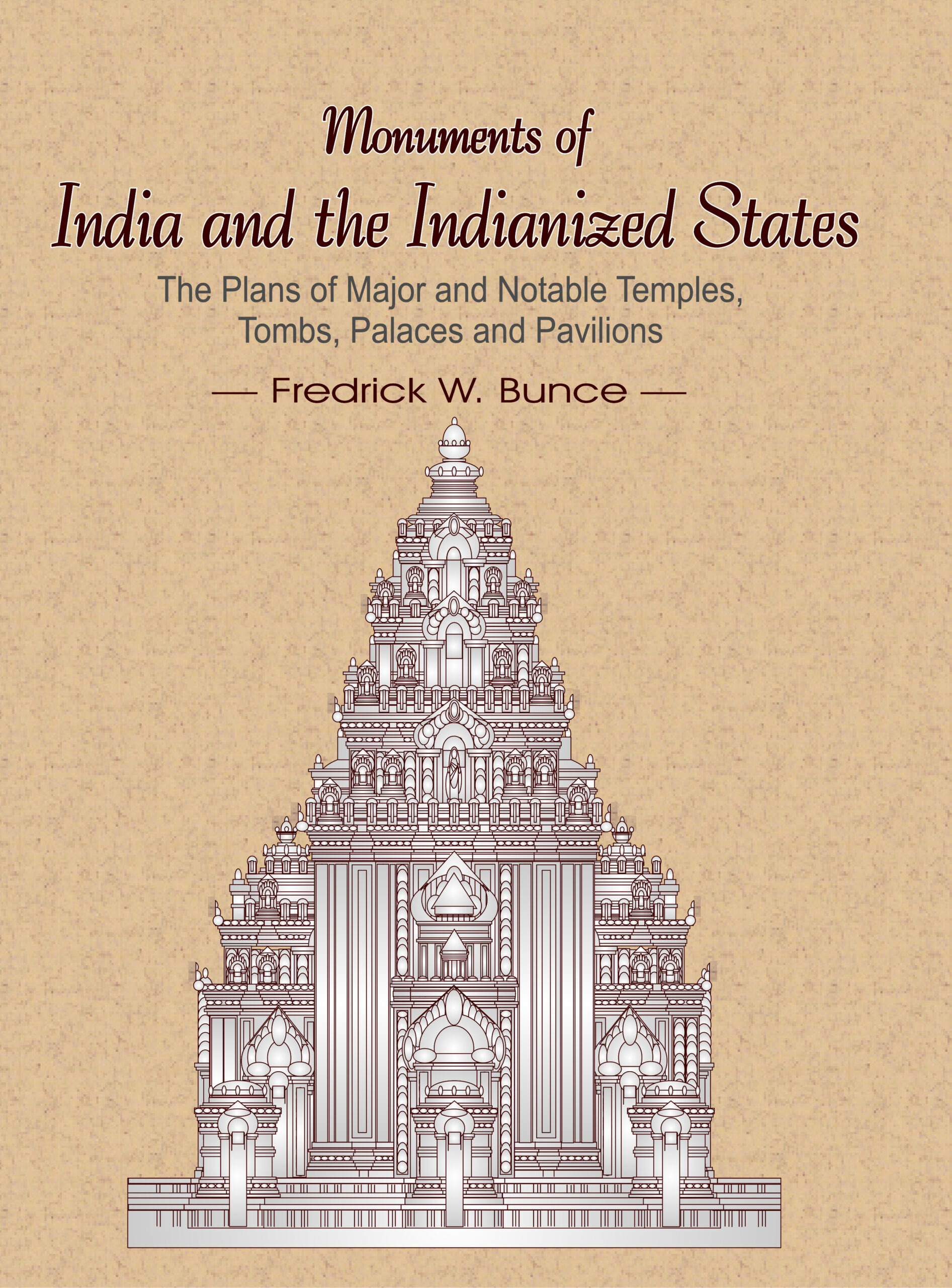

Vajrayana Images of ...
Vajrayana Images of the Bao-Xiang Lou
(Pao-hsiang Lou) 3 Vols. by: Fredrick W. BunceThe three scholarly volumes contain an iconographic analysis and compilation of the over 760 images from the six chapels of the Pao-hsiang Lou in the Forbidden City, Beijing. There are details of each image like name in Sanskrit, Tibetan and Chinese; physical description; iconographical and stylistic features; and associated images.
Original price was: ₹14,000.00.₹12,600.00Current price is: ₹12,600.00.
ISBN: 9788124604809
Year Of Publication: 2009
Edition: 1st
Pages : xxxvi, xxii, xxii, 1008
Bibliographic Details : 765 B/w photographs, line drawings;Bibliography; Glossary; Appendices
Language : English
Binding : Hardcover
Publisher: D.K. Printworld Pvt. Ltd.
Size: 30 cm.
Weight: 10200
The three volumes contain an iconographic analysis and compilation of the over 760 images from the six chapels of the Pao-hsiang Lou (Bao-xiang Lou) in the garden of the Tzu-ning Kung (Palace of Kindness and Tranquillity) in the Forbidden City, Beijing. The pavilion Pao-hsiang Lou, a two-storied simple structure with seven chapels on each floor, holds hundreds of Tibetan Buddhist images of remarkable quality. The volumes present the entire set of images, each reproduced and explained with great clarity. There are details of each image with regard to the physical description of the figure portrayed and its various iconographical and stylistic features and associated images. Each entry contains the name of the deity with the Sanskrit, Tibetan and Chinese transliterations of the name. The very interesting and useful introduction discusses deities of mandalas, placement of deities within a single chapel, images of the Pao-hsiang Lou pantheon compared to the Chu Fo Pu-sa Sheng Hsiang Tsan pantheon, variations in depiction of images with regard to their hair, crown and other parts and associated ornaments, and the asanas of the images. The scholarly volumes are a result of the painstaking research by the author by referring to noted experts on the subject. The volumes will interest all students and scholars of Buddhist art and iconography.
















